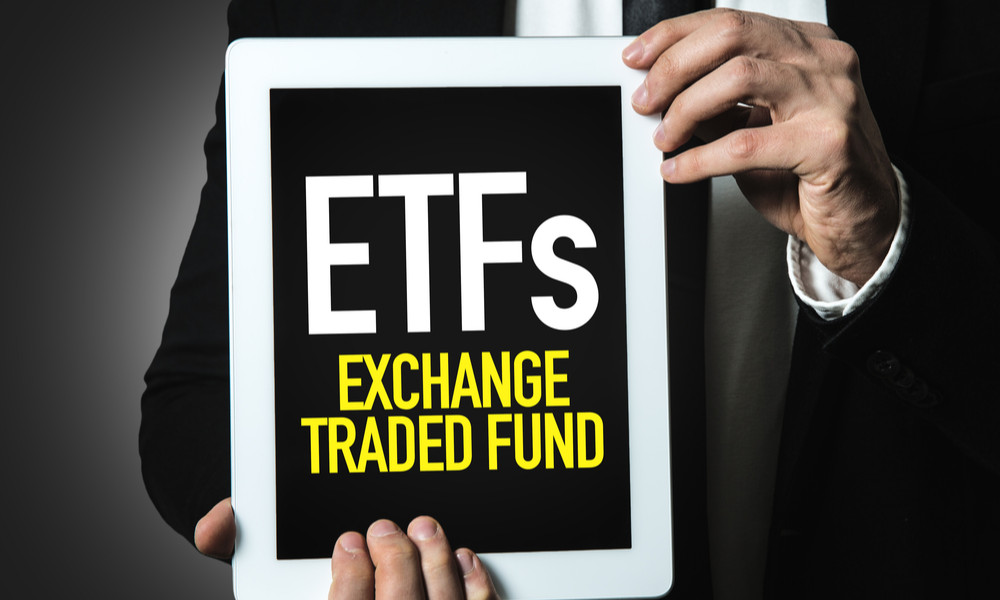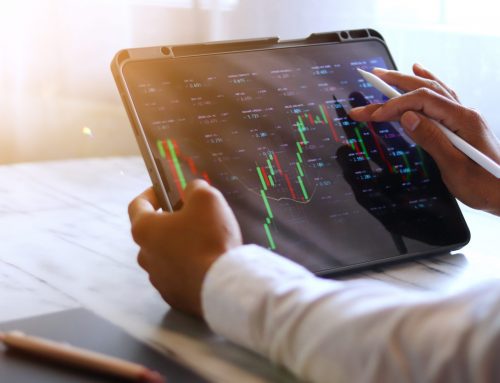by Leslie N. Masonson, MBA
With an expanding ETF universe, investors and traders have almost an unlimited reservoir of possible alternative market exposure, much more so than with mutual funds which are much more restrictive in their offerings. ETFs follow a variety of strategies. Of all the ETFs, 831 (26.5%) were “actively” managed with AUM of $398 billion versus the overwhelming 2,299 (73.5%) “passively” managed ones. Let’s step back a minute to the beginning of the ETF revolution to observe the focus on simple ETF portfolios.
In the first two years of ETF existence, there were only two SPDR ETFs—the SPY (SPDR S&P 500 ETF Trust) and MDY (SPDR S&P Midcap 400 ETF Trust). Then in December 1997, iShares brought to market 17 county-focused ETFs. In January 1998, the SPDR Dow Jones Industrial Average ETF Trust (DIA) was born, followed by nine SPDR Select Sector funds. Lastly in that decade, the QQQ hit the market in March 1999.
Starting in 2000 the number of ETFs mushroomed at an increasing rate currently totaling 3,130 as of June 16 2023. Not surprisingly, SPY has retained its position as the number one ETF measured by assets under management (AUM) at $411.5 billion, while QQQ is in 5th place at $202.7 billion.
ETFs are available in multitude of types and styles, each one created to serve a particular market segment preference. More specifically, equity ETFs fall into the following categories:
- Equity: Equity indexes or particular baskets of stocks. The former duplicates the performance of multiple underlying indexes, such as the S&P 500, Dow-Jones Industrials, and Nasdaq 100. These ETFs can be broad-based, focusing on specific markets (e.g., U.S. or emerging markets), or they can be sector- and industry specific. An equity subcategory view is provided below:
- Real Estate: Most ETFs invest in REITs or companies involved in the real estate sector with exposure to residential, commercial, industrial, or specialized real estate segments or focused on specific regions or countries.
- Sectors: Focus is on specific sectors of the economy, such as the 11 SPDR Select Sector ETFs which include technology, healthcare, energy, financials, consumer discretionary, and six others. Different industries or sectors can be targeted for over or underweighting, as the economy contracts or improves.
- Style ETFs: Focus on styles such as growth or value. These can have a U.S., country or global focus.
- Dividends: Focus on stocks that pay regular dividends, such as high dividend-yielding stocks, dividend aristocrats (increasing dividend payouts), and dividend-focused indices.
- Single and Multi-Assets: Multi-asset ETFs provide exposure to a mix of different asset classes, such as stocks, bonds, commodities, and/or currencies. These ETFs offer diversification and asset allocation within a single fund. Single asset classes include small-caps, large-caps, and mid-caps.
- Alternative ETFs: Alternative ETFs cover a wide range of strategies beyond traditional asset classes. They can include alternative investment strategies like hedge fund replication, managed futures, long-short equity, volatility, or use leveraged and inverse strategies on any asset class.
- ESG: Environmental, Social, and Governance ETFs combine sustainability and ethical criteria into their investment mix. The focus is on companies with beneficial environmental and social emphasis, and reliable governance, or other ESG themes.
- International: Exposure to foreign markets or specific regions or countries outside the investor’s home country. Targets can be developed markets, emerging markets, or individual countries.
- Fixed Income: Exposure to U.S government securities, corporate bonds, municipals, as well as international bonds. Their focus can include such variables as bond type, yield, maturity, and credit rating. There are also multi-sector, preferred, securitized, and senior loan options.
- Commodity: Tracks the performance of physical commodities or commodity futures contracts. Exposure is available to many commodities including agriculture products, precious metals, industrial materials, oil, natural gas, energy, specialty or broad market commodity indices. They can be structured as physically backed or synthetically backed with derivatives contracts.
- Currency: Provide exposure to global foreign currencies or currency baskets. These ETFs track single currency or a currency group, as well as provide hedging against currency risk or speculate on currency movements.
The table below highlights the ETF themes that may be of interest:
| Theme | YTD as of 6/15/23 |
| Gold miners | 2.15% |
| Uranium | 18.22% |
| Cannabis | -48.88% |
| Medical & Healthcare | 17.09% |
| Water | 28.74% |
| Blockchain | -20.91% |
| Lithium & Battery tech | -7.16% |
| Oil producers | 4.68% |
| Electric & Autonomous vehicles | 23.02% |
| Internet of things | 36.21% |
| Gaming & esports | 19.65% |
| S&P 500 INDEX | 19.73% |
| Fossil fuel free | 20.79% |
| AI & Deep learning | 43.67% |
| Biotech | 23.30% |
| Solar | 7.95% |
| Cyber security | 18.43% |
| Disruptive Innovation | 18.43% |
| Robotics | 27.09% |
| Social media | 14.07% |
| Clean Energy | 3.56% |
| 3D printing | 12.33% |
| Fintech | 3.80% |
| Big Tech | 35.21% |
| Gender diversity | 18.76% |
| IPOs | 17.19% |
| China tech | -11.20% |
| Semiconductors | 43.48% |
| E-commerce | 10.19% |
| Healthcare innovation | 7.40% |
| Work from home | 8.77% |
| Outdoor Living | 15.10% |
| Cloud computing (SaaS) | 23.34% |
| Regional banks | -24.51% |
| Genome | 22.29% |
Source: OPTO Updates
Additional ETF categories include single stock, buffered, fund-of-funds, leveraged and inverse, long/short, non-transparent U.S. and global, options, and synthetic. Moreover, innovative ETFs are continually coming to market, and the availability of unusual offerings will evolve over time. Additionally, individual ETFs may combine elements of different types and styles to create additional unique choices. Thus, investors and traders will have even more ETF opportunities in the years ahead, and can build very esoteric and well-diversified portfolios that can withstand market turbulence better than a plain vanilla mix of say 60% stocks and 40% bonds which had a miserable 2022, where they both declined.
The next ETF article will review the critical subject of ETF costs and fees and provide a listing of lowest cost ones. So, stay tuned.
Want These Types of Insights at Your Fingertips so You Can Win More Trades?
Use VectorVest to Analyze any stock free. VectorVest is the only stock analysis tool and portfolio management system that analyzes, ranks and graphs over 18,000 stocks each day for value, safety, and timing and gives a clear buy, sell or hold rating on every stock, every day.
Before you invest, check VectorVest! Click here to ANALYZE ANY STOCK FREE and see our system in action!










Leave A Comment